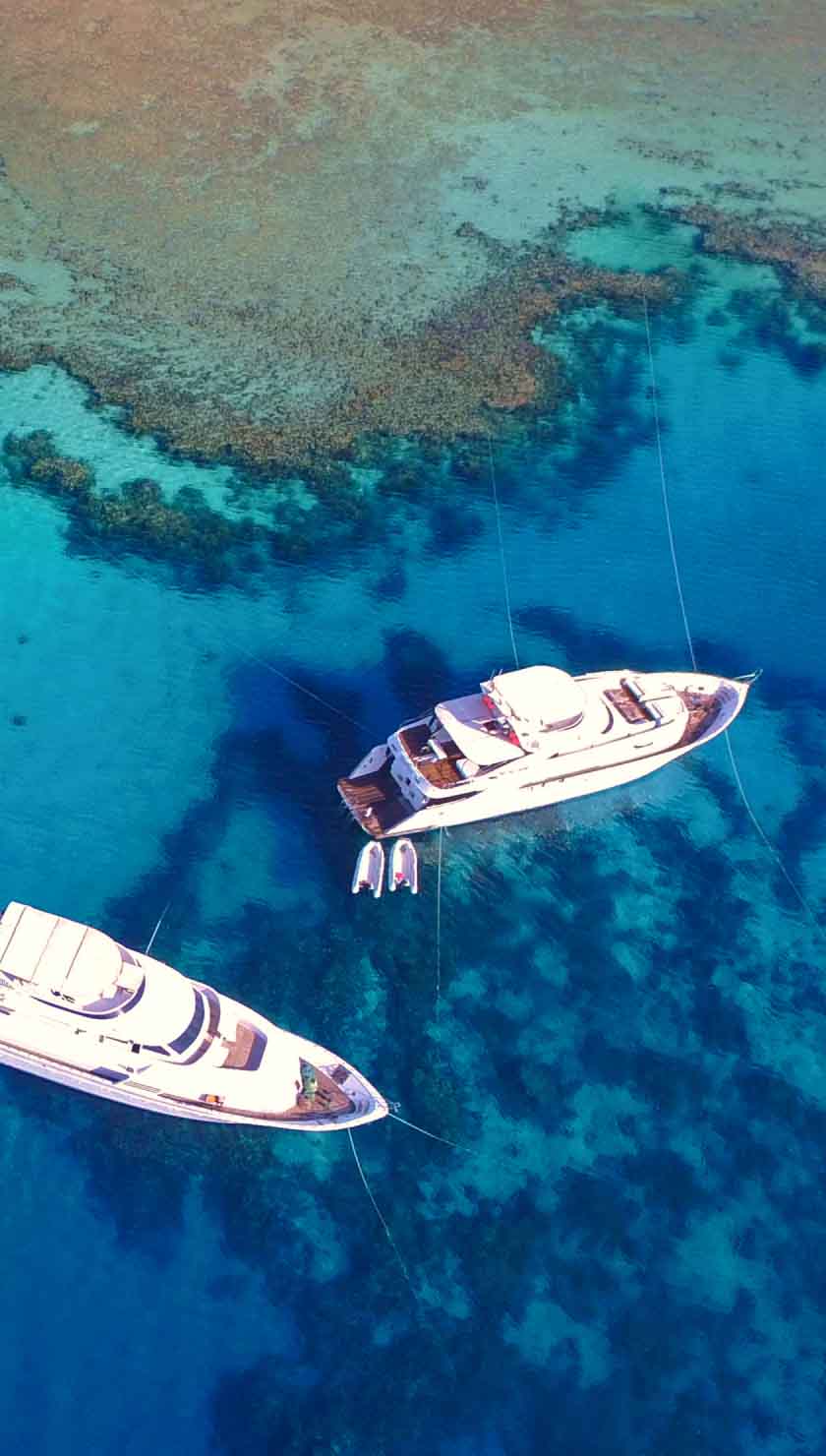Socorro Diving: When to Visit for Mantas, Sharks, and Whales
Out in the open Pacific, nearly 400 kilometers off the coast of Baja California, lie the Socorro Islands. This remote archipelago has become a mecca for divers seeking encounters with the ocean’s giants. Also known as the Revillagigedo Archipelago, these volcanic islands rise from the deep, attracting an astonishing array of pelagic life. Schooling hammerheads, playful dolphins, humpback whales, and manta rays the size of pickup trucks glide effortlessly through the blue. But access is limited, and conditions can vary greatly depending on the time of year. Here’s your complete guide to the best time to dive in Socorro, what you’ll see, and where to dive for the most unforgettable experiences.
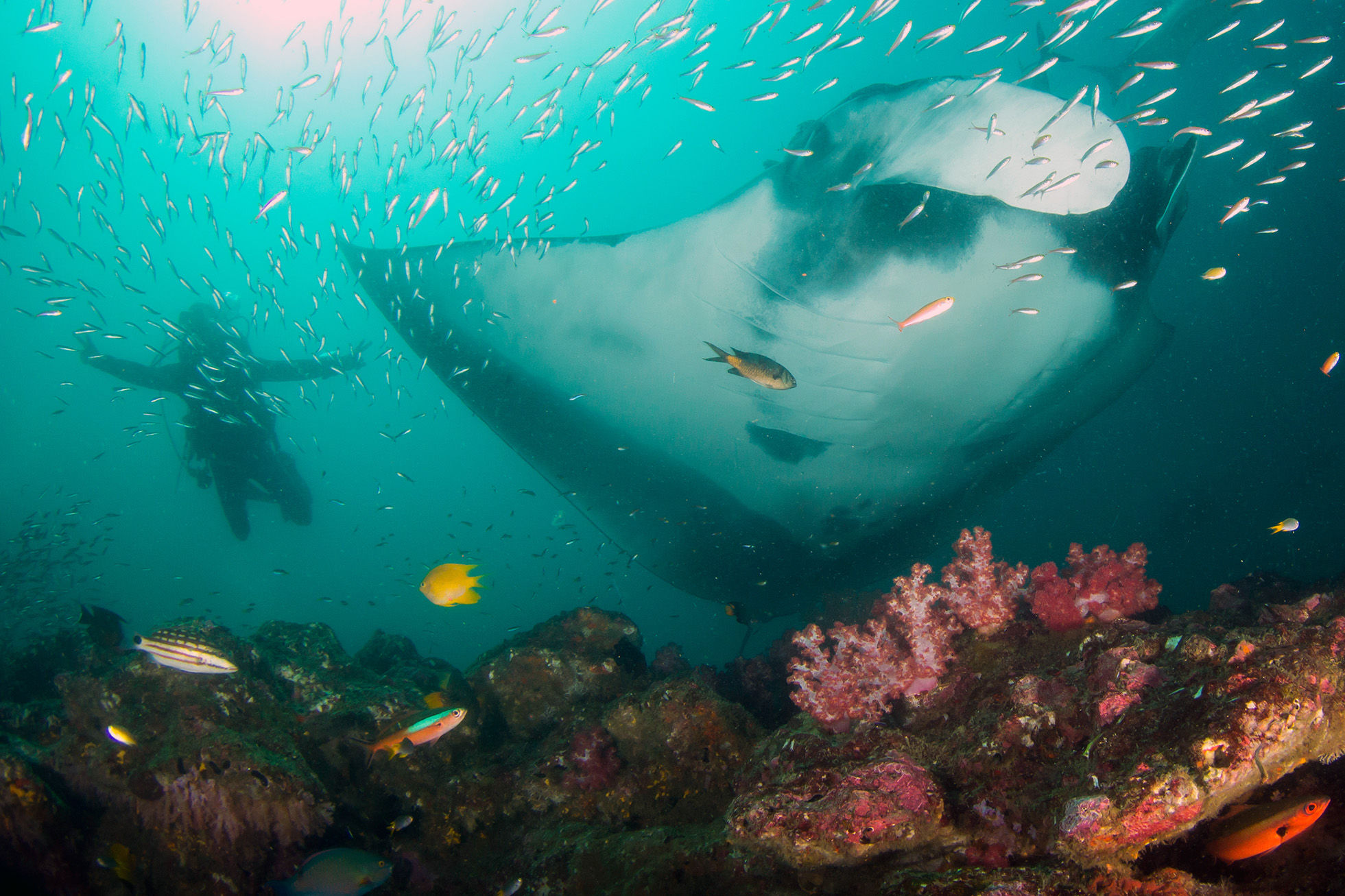
Quick Summary
- Best time to dive: November to May (official dive season)
- Water temperature: 21–28°C (70–82°F), depending on month and site
- Visibility: 15 to 30 meters (50–100 feet)
- Marine highlights: Giant oceanic mantas, dolphins, hammerhead sharks, whale sharks, humpback whales
- Season type: Limited to liveaboard diving only, during the dry season
Diving Season in Socorro
Main Season (November to May)
The dive season in Socorro is strictly limited to November through May, when sea conditions are safest for liveaboard crossings. The journey from San José del Cabo to the islands takes around 24 hours by boat, and trips typically last 8–10 days. Conditions vary slightly across the season, but each month offers its own highlights.
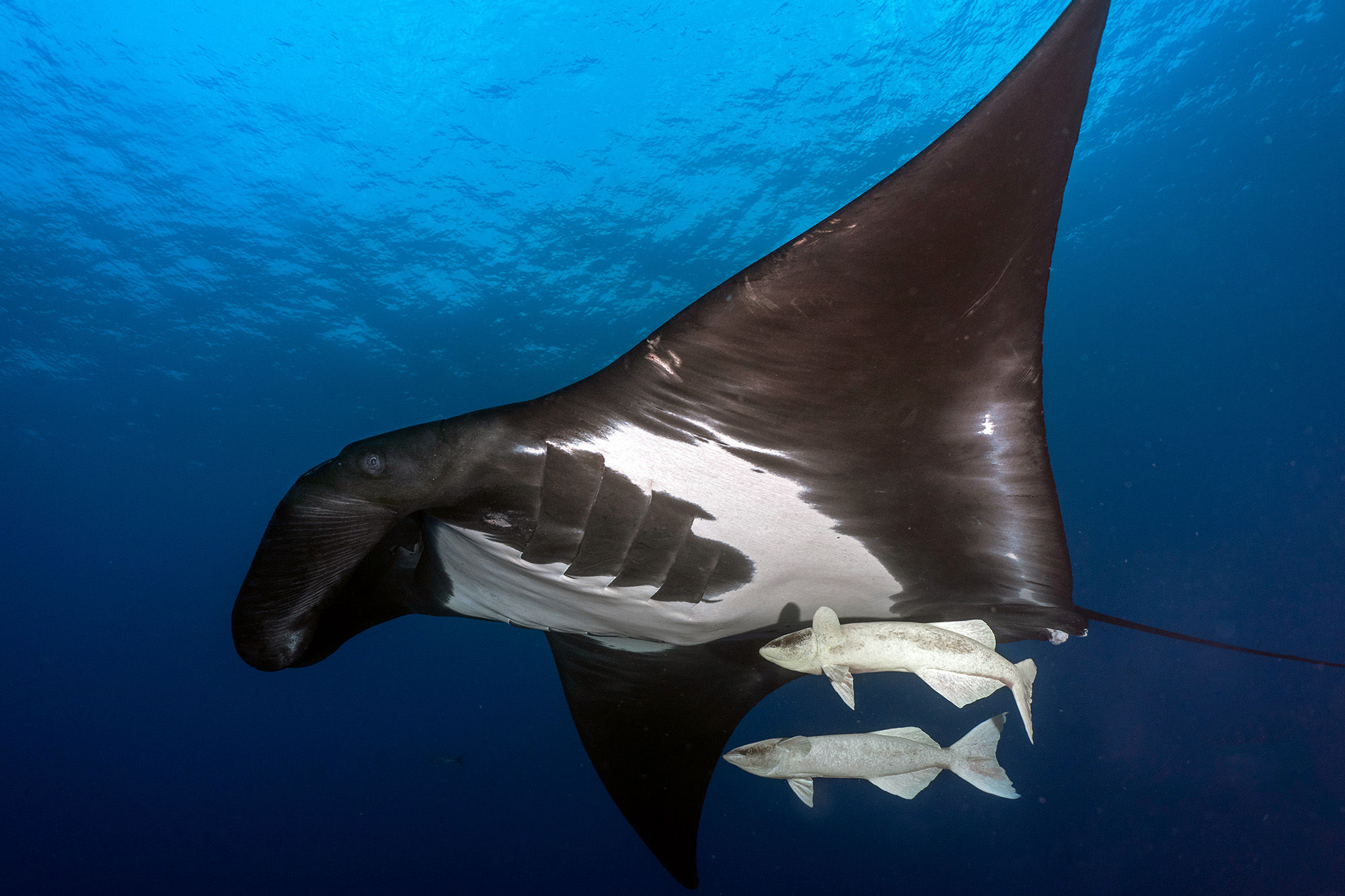
November to January marks the start of the season, with water temperatures still warm (26–28°C) and excellent visibility. Giant mantas are everywhere, and Roca Partida teems with life. February and March bring slightly cooler water (around 22–24°C), but the action intensifies. Humpback whales migrate through the archipelago, and it’s the best time to hear, and sometimes even see, these massive mammals underwater. By April and May, seas are typically calmer, and sightings of whale sharks, hammerheads, and tiger sharks increase.
Marine Life Highlights
Socorro is not a coral reef destination — it’s a big animal paradise. The region’s isolation and nutrient-rich currents create the perfect stage for close encounters with oceanic manta rays, often circling divers for long minutes. These mantas, which can exceed 6 meters in wingspan, are especially interactive at sites like The Boiler and Cabo Pearce.
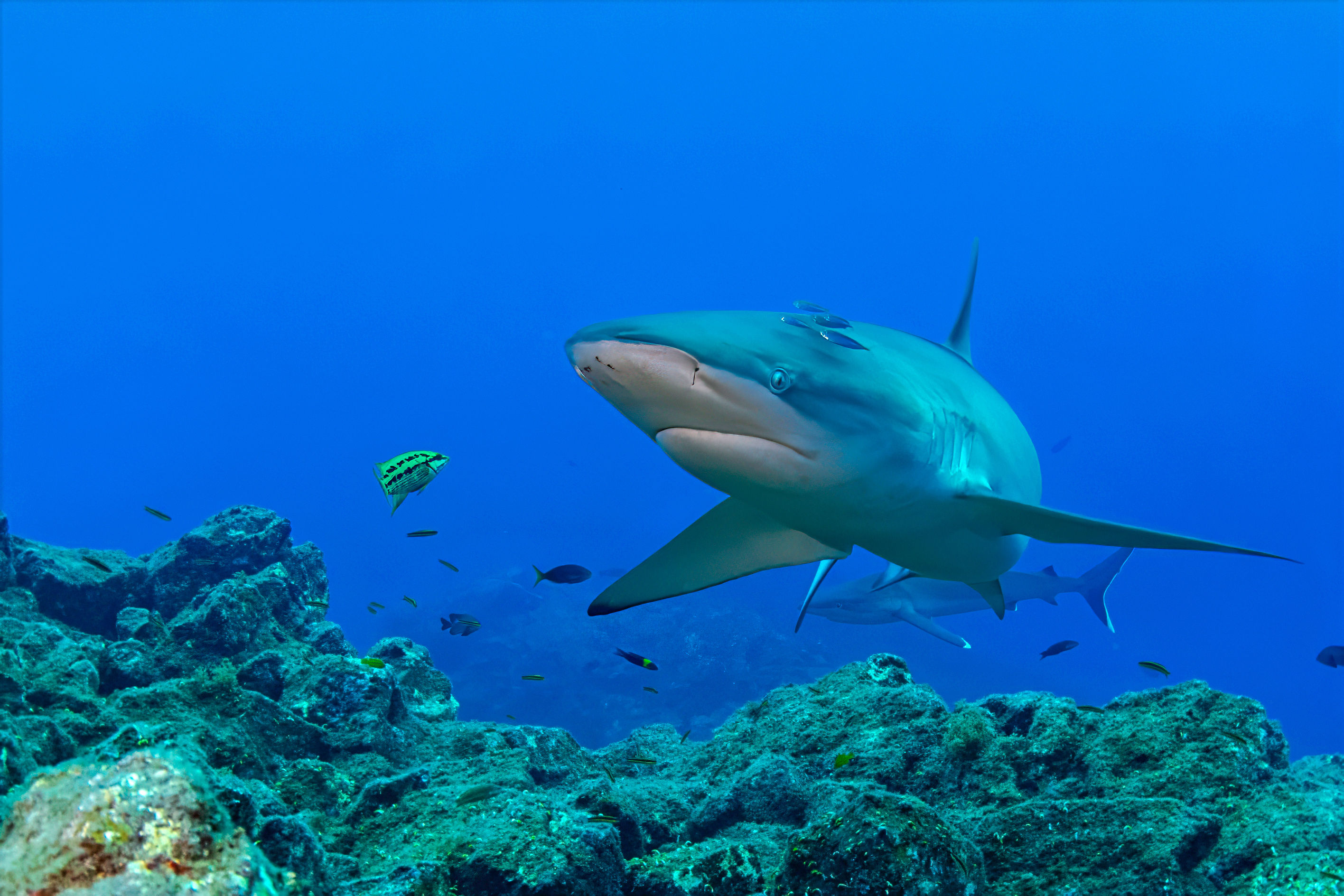
Divers also routinely encounter bottlenose dolphins, silky sharks, Galápagos sharks, and schooling hammerheads, especially around Roca Partida, the smallest and most dramatic of the islands. Between January and March, humpback whales may be seen breaching on the surface, and their haunting songs often echo through the deep during dives. Whale sharks are more frequently spotted in April and May, particularly on the final trips of the season.
Photography Tips by Season
Wide-angle enthusiasts will find Socorro a dream location year-round. The clear blue water in November and December provides excellent light for capturing mantas and schooling fish. Use a fisheye or wide-angle lens and keep shutter speeds high to catch fast-moving sharks at Roca Partida or Punta Tosca.
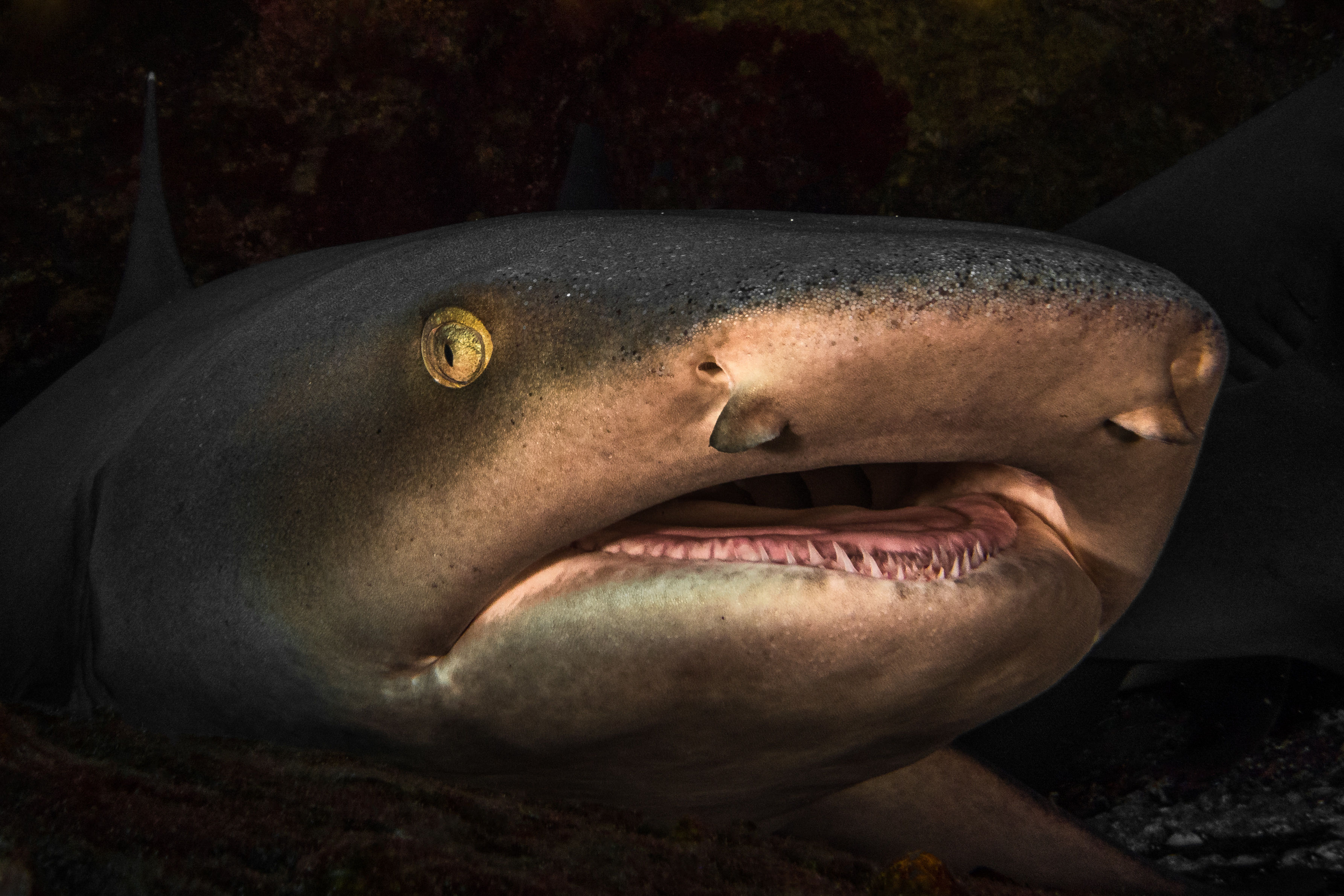
Between February and March, underwater photographers may capture humpback whales, although patience and luck are required. Bring long lenses for surface shots and wide lenses for in-water encounters. April and May offer some of the best photographic opportunities with multiple pelagic species in one frame — mantas, jacks, sharks, and possibly even whale sharks. A strong video light is essential for highlighting detail in deeper or overcast conditions.
Dive Travel Tips for the Socorro Islands
- Liveaboards only: There are no dive resorts in Socorro. All diving is conducted from liveaboard vessels departing from San José del Cabo.
- Booking in advance: Socorro trips fill quickly, especially during whale season (Jan–March). Book 9–12 months in advance for peak availability.
- Experience level: Most liveaboards require a minimum of 50 logged dives and Advanced Open Water certification. Currents can be strong, and dives are often deep and in the open ocean.
Liveaboards and Dive Operators
Several liveaboards specialize in Socorro expeditions. These vessels offer full-service diving with expert guides, nitrox, large camera tables, and Zodiac tenders, allowing access to sites such as The Boiler, Cabo Pearce, Punta Tosca, and Roca Partida.
Trips often include seven full days of diving, with up to four dives per day. Conditions can change quickly, so flexibility and experience are key. Many boats now offer hybrid itineraries that combine Socorro with other regions, such as the Sea of Cortez, at the start or end of the season.
Other Top Dive Destinations by Season
If you’re planning your next pelagic adventure, also consider:
- Best Time to Dive in Galápagos
- Best Time to Dive in the Maldives
- Best Time to Dive in Raja Ampat
- Best Time to Dive in the Red Sea
Diving in the Socorro Islands
The best time to dive in Socorro depends on what you want to experience. November to December offers clear water and calm seas, while January to March delivers epic whale songs and interactions with manta rays. April to May marks the end of the season, with the highest chance of spotting whale sharks and large shark species. With no crowds, no reefs, and no land-based tourism, Socorro is a frontier for divers who crave raw, pelagic beauty and nature at its most potent.










